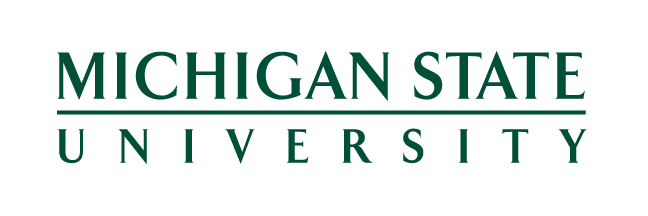AUTHORS
Jason Burns, EPIC/Seton Hall University
Erica Harbatkin, EPIC/MSU
Katharine Strunk, EPIC/MSU
Chris Torres, EPIC/MSU
Aliyah Mcilwain, EPIC/MSU
Sandy Frost Waldron, MSU
A Working Paper from EPIC
The Efficacy and Implementation of Michigan’s Partnership Model of School and District Turnaround:
Mixed-Methods Evidence from the First Two Years of Reform Implementation
Updated May 2022
This paper draws from statewide administrative data, teacher and principal surveys, and interviews with leaders of turnaround districts and charter organizations, to investigate the implementation and effects of this Michigan’s school turnaround strategy under ESSA, called the Partnership Model of school and district turnaround. Michigan first implemented the Partnership Model with 38 chronically low-performing schools in the 2016-17 school year. The state expanded the Partnership Model by identifying two more rounds of turnaround schools in the 2017-18 school year. Although the state used slightly different mechanisms to select each of the three rounds of Partnership schools, each round reflected the state’s identification of its lowest-performing schools. We examine the effects of the Partnership Model across all three sets of selected schools. Specifically, we ask:
1) What was the impact of the Partnership Model on student and school outcomes?;
2) Did Partnership model impacts differ for lower- and higher-achieving students?; and
3) In what ways did schools and districts implement the Partnership Model to influence outcomes?




